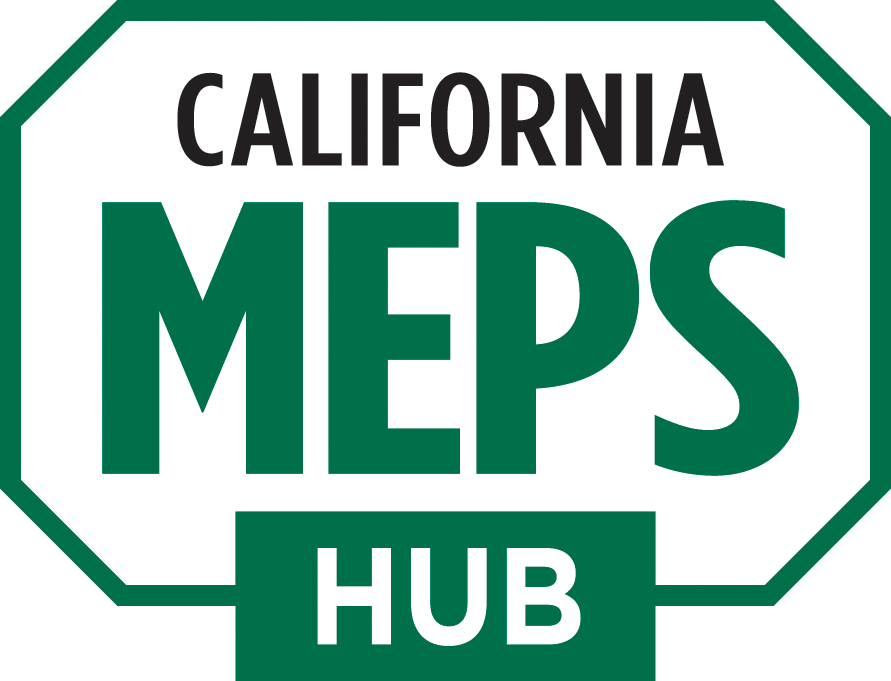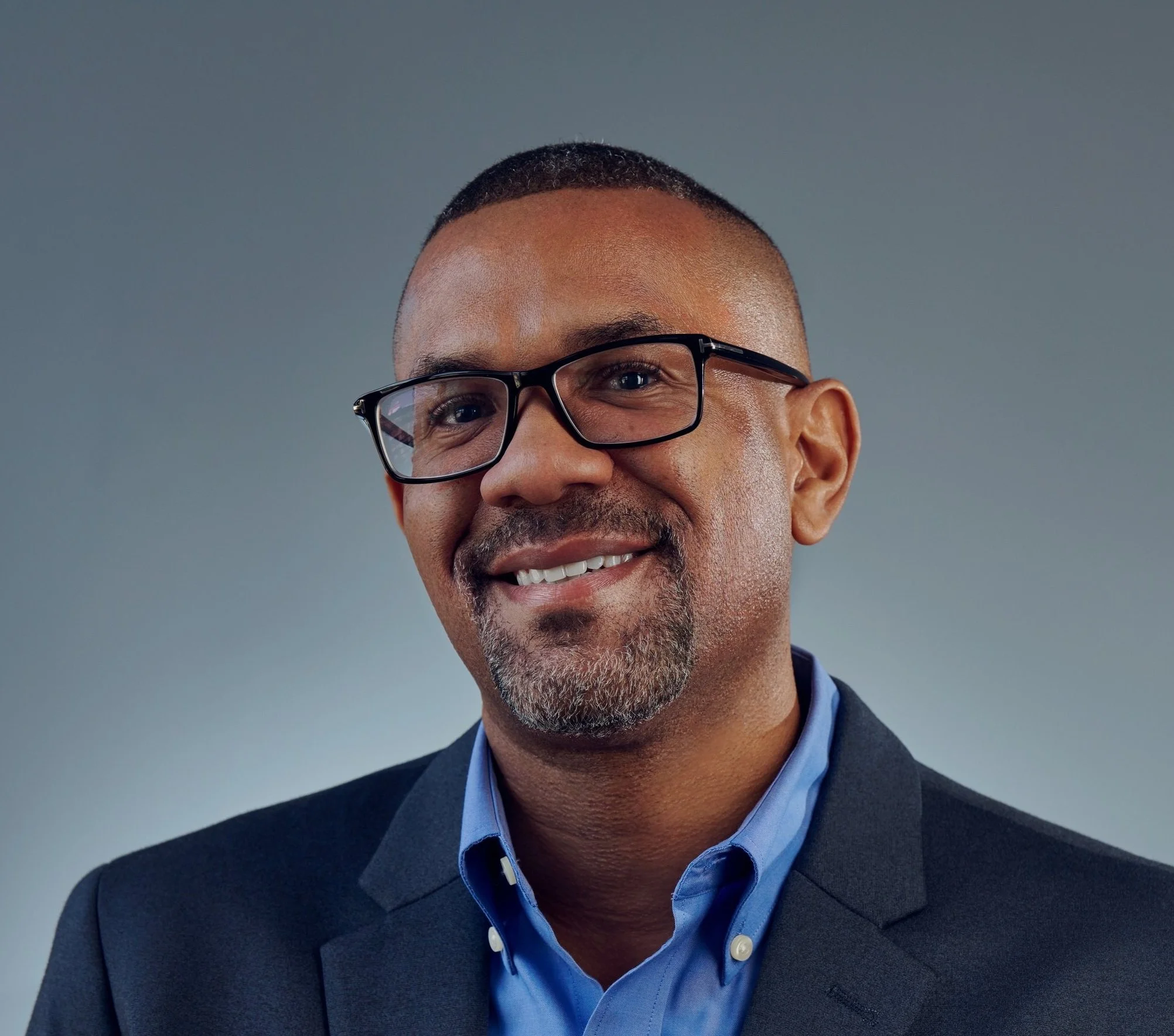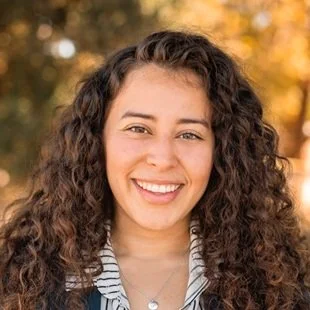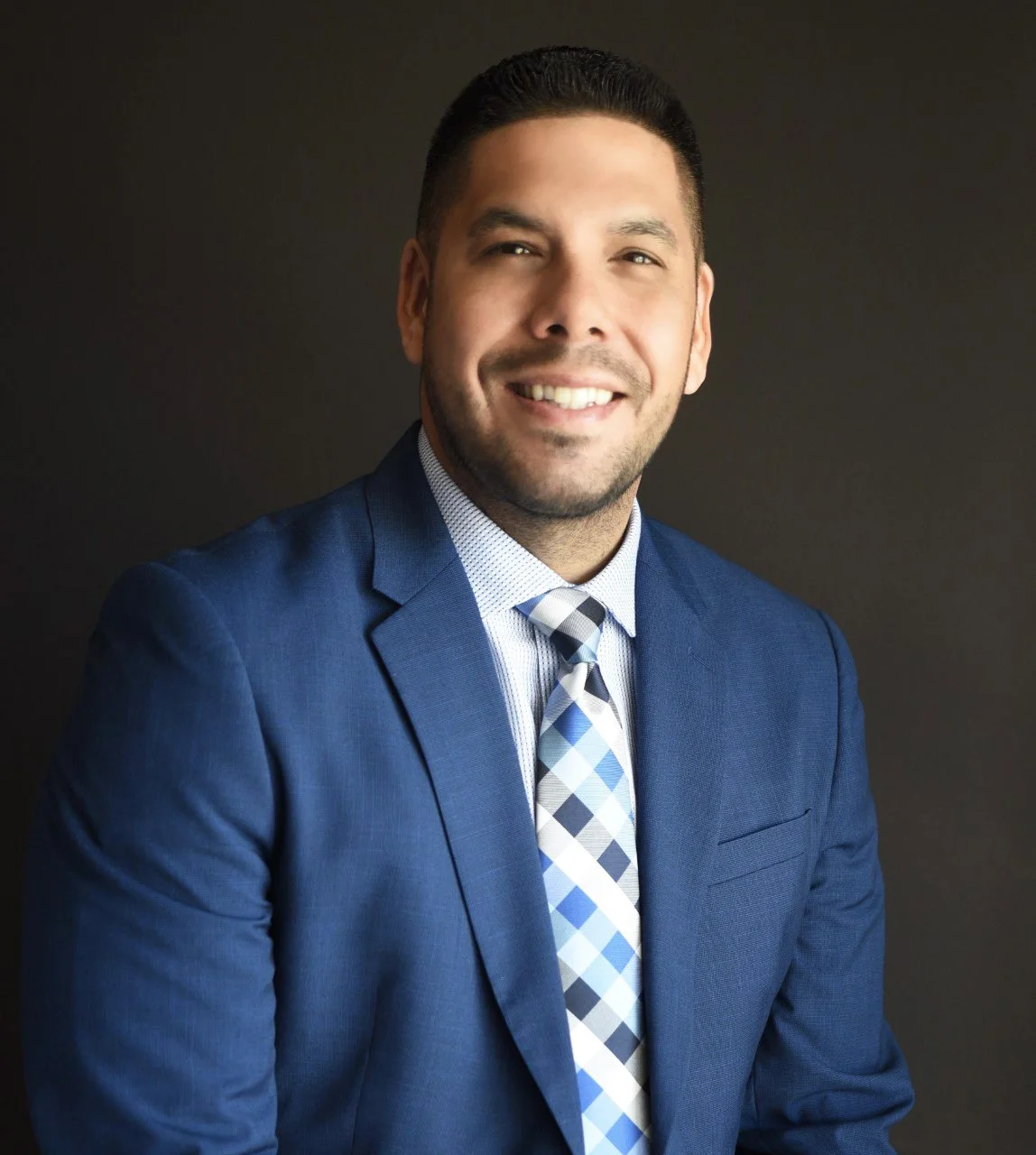
The California Hub for HIV/STI/SUD Prevention and Research with Reentry Populations
(California MEPS Hub)
Improving service linkage for individuals at risk of HIV in the period following incarceration
When people return to the community from prison or jail, they face heightened risks of acquiring HIV or other sexually transmitted infections (STIs), experiencing health problems related to hepatis C, and of experiencing drug overdoses. These risks are especially pronounced among certain groups, especially people with substance use disorders (SUDs) and people who inject drugs. We, the California Hub for HIV/STI/SUD Prevention and Reentry Research with Reentry Populations, do not accept these risks and are committed to helping make the transition from incarceration to the community safer.
Realizing this goal requires effective strategies to help reentry populations to prioritize their health and find essential services like housing, substance use disorder treatment, HIV/STI testing, HIV pre-exposure prophylaxis (PrEP), and other health services.
The Hub is funded by the National Institute on Drug Abuse (award #1R61DA060626-01) and is part of the Collaborative Network to End the HIV Epidemic and Address Addiction in the Criminal Justice System (CONNECT). Over the next 5 years, we will study the implementation of Mobile Enhanced Prevention Support (MEPS), a 6-month intervention designed to promote engagement in services to prevent HIV, STIs, and HCV following reentry and to encourage engagement in services for substance use disorder treatment and harm reduction.
Hub
Goals
Our Hub aims to address the following objectives:
-
The MEPS elements include a peer mentor, a smartphone app (GeoPass), and small cash incentives for accessing medical and non-medical services. We aim to determine which MEPS components are the most effective for different populations.
-
We will identify and describe elements in new settings that facilitate or hinder the intervention’s success.
-
We will identify the strategies most likely to be adopted, implemented, and maintained by organizations that serve reentry populations, tailoring these as needed to specific organization types.
-
We will train junior investigators and field pilot studies to advance reentry-focused prevention efforts.
MEPS Intervention Testimonials
Meet Our Team
Study Coordinator, LARRP
Co-Investigator, Clinical Supervisor, UCLA
Site Lead, LARRP
Co-Investigator, The Bridging Group
Co-Investigator, U.C. Berkeley
Data Manager, Charles R. Drew University
Senior Clinical Supervisor, University of Southern California
Study Director, UCLA
Study Coordinator, UCLA
Research Associate, UCLA
Peer Specialist Advisor, First to Serve
William D. King, MD, JD, AAHIVS
Clinical Medicine Advisor, W. King Health Care Group
Principal Investigator, UCLA, Charles R. Drew University
Research Associate, UCLA
Graduate Student Researcher, U.C. Berkeley
Meet Our Board of Advisory Stakeholders
The Exception, San Bernardino, CA
Riverside City College, Riverside, CA
Community Works West, Oakland, CA
Alameda County District Attorney’s Office, Oakland, CA
The Exception, San Bernardino, CA
Kindful Restoration, Riverside, CA
Community Works West, Oakland, CA
Alameda County District Attorney’s Office, Oakland, CA
Additional
Information
Additional information about the California Hub for HIV and Substance Use Disorder/SUD Prevention Research with Reentry Populations and MEPS can be found in the following resources:
Relevant Publications
News articles
The CONNECT Network
Study outreach materials
Strong, collaborative partnerships between academic institutions and community organizations forms the foundation of our Hub and the work we aim to accomplish. We’re excited to partner with others who are committed to improving reentry health and welcome stakeholders interested in joining us in this mission.
The California Hub is supported by the National Institute on Drug Abuse (NIDA) of the U.S. National Institutes of Health (NIH) under Award Number R61DA060626. The content on this website is solely the responsibility of the authors and does not necessarily represent the official views of the National Institutes of Health.

























